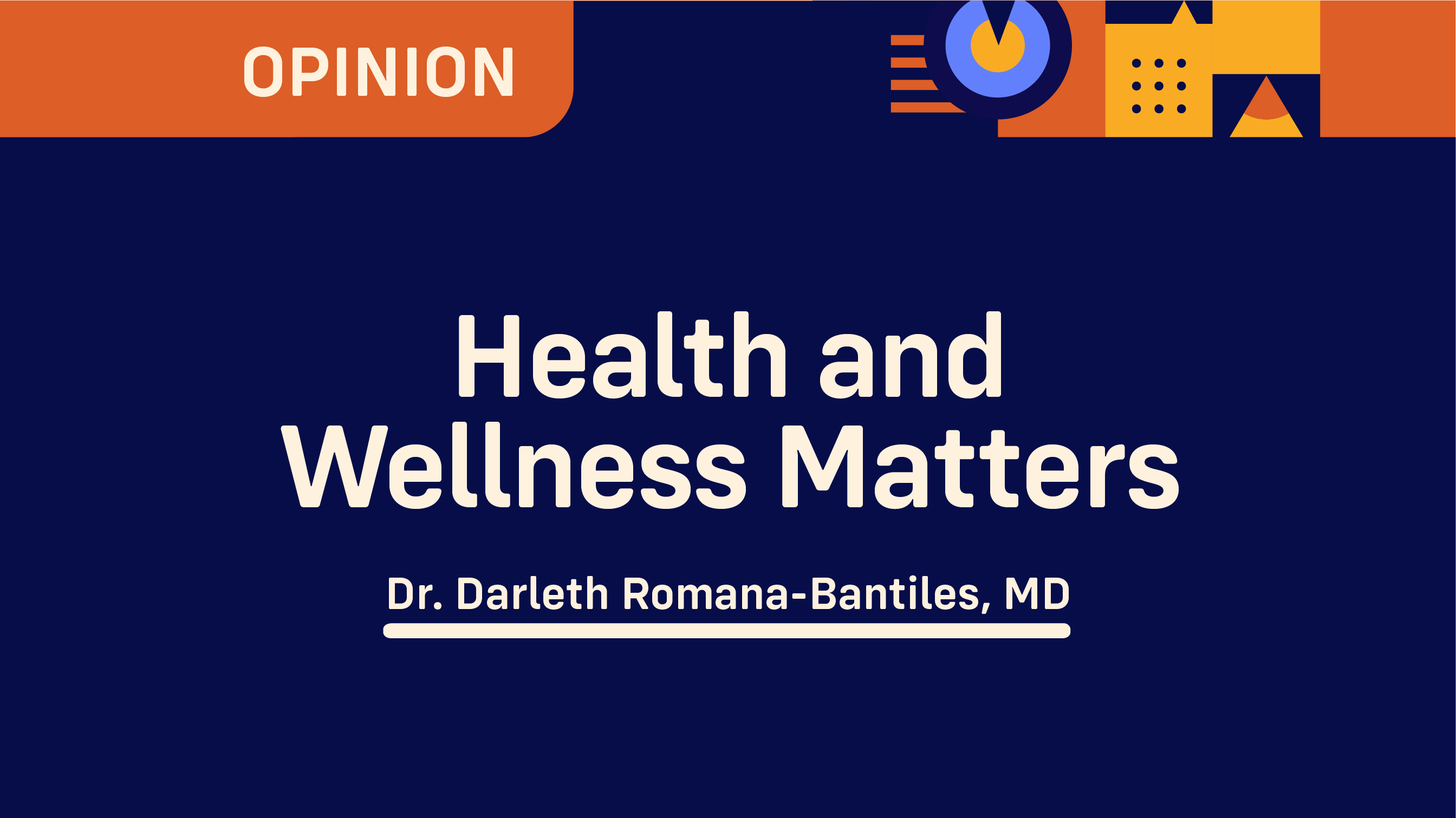The confirmation of the World Health Organization (WHO) that SARS CoV can be airborne, was considered nothing new by many, early this month. Since the first quarter of 2020, simulation videos from Japan have spread in social media, suggesting that infection microdroplets may remain in the air and spread even without close contact. At that time, the confirmed modes of transmission were droplet spread via close contact (less than 1 meter, for more than 15 minutes) and direct contact with virus in fomites (surfaces like tables, knobs, objects).
This did not have much impact though, and mass gatherings persisted; also with many arguing that the suspected potential outbreak events happened in the outdoors that have good air circulation. Hence, the conundrum. Do we really need to be extra wary now?
Guided by the 3Cs
Modifying the steps of your “dance” is still necessary, especially with reports of some getting seriously ill even after getting jabbed. The WHO has issued a guide with the acronym 3Cs. Avoiding the following remains to be a good guide for the minimum public health standards against COVID-19:
- Closed spaces – because circulating air does not leave the area, any microbes suspended in air may remain for an extended amount of time; and could be encountered easily.
- Crowded places – gathering of people are still being restricted by quarantine measures. It is logical that where there is more people, there will be more opportunities for microbe transmission. Dine-in and public or social events are constantly monitored because of this.
- Close contact settings – these are occasions when there will be close-range (1 meter or less distance) conversations
Eating and singing are two activities that Filipinos love to engage in. Unfortunately, these are also potential spreader activities of airborne infection, as participants remove their masks and may sometimes need to open their mouths with exaggeration.
In the midst of it
Despite the recent reports that the number of new positive cases is lower than the previous weeks, we cannot say that we are out of the woods. Testing and reporting of results are still inadequate and there are daily backlogs. Also, after more than a year into the pandemic, there is still a lot that may be improved on the tracing of close contacts for each new case and their prompt isolation or quarantine.
As there are local institutions that process specimens for gene sequencing, vigilance towards new variants are in place. But more data about the latest types and variants are still required to ascertain the effectivity of our available vaccines at the moment. It is not reassuring to know that there was even an infectious disease specialist in the US, who got COVID-19 in India while visiting relatives and succumbed to it. Tragically, his two doses of immunization against the infection did not spare him. However, experts continue to say that this is a rare occurrence, and especially warns those who are advanced in age and who have other chronic conditions to still be more careful.
Shared responsibility of protection
Bottom line is the accountability of every person in ensuring the “better normal”. Each one of us should move towards protecting oneself and others from transmission, all the time. The fact is physical immunity varies, not only depending on the immunization status, but may also be affected by one’s overall health and lifestyle. After all, even flu is caught by many, when they lack sleep or proper nutrition, or have high stress levels.
While the goal of inoculating as many as possible is good in the public health sense, it should not make any one overconfident and let down guard against droplet, direct contact or airborne spread of the SARS CoV2.
References
- NHK-World Japan Broadcasting Corporation. Reducing Risk of Microdroplet Infection. Available at: www3.nhk.or.jp/nhkworld/en/news/ataglance/845/.
- World Health Organization. The New Normal. Available at:www.who.int/brunei/news/infographics---english.
- ABC News Website. New Jersey doctor who was 'giant' in field of infectious diseases dies of COVID-19 in India. Available at: www.abcnews.go.com/Health/doctor-giant-field-infectious-diseases-dies-covid-19/story?id=77503942.
- Asian Development Bank. Health Sector Assessment (Summary). Available at: www.adb.org/sites/default/files/linked-documents/54138-001-ssa.pdf
